The Secret To Layering For Winter Runs
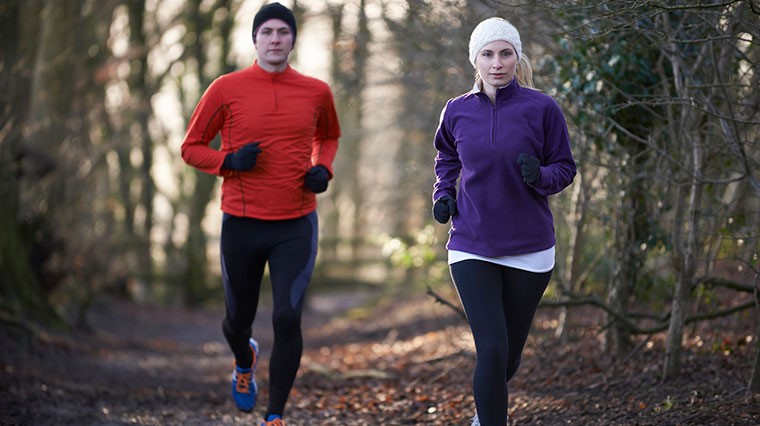
If you feel cold-blooded like a reptile and struggle to exercise on chill, overcast mornings when the sun is having a sleep in, don’t sweat it.
Our secrets to layering for winter runs will keep you motivated and toasty warm like a freshly-popped pop tart until your muscles have the chance to warm up.
Why Layer?
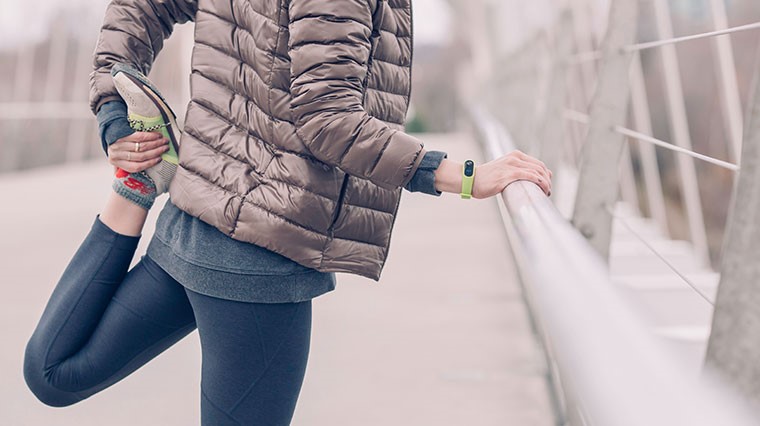
For a winter fitness wardrobe (whether it be for running, hiking or *insert your sport here*), relying on a single, heavy layer for warmth doesn’t cut it - the last thing you want is to feel like a huggable but sweaty manatee underneath all that or be restricted in your movement.
Wearing multiple light layers provides insulation to hold in body warmth – preventing you from freezing up like this fuzzy little guy, while allowing you to strip off exterior layers to avoid overheating.
Baselayer
The baselayer is the first, inner layer that sculpts to your body like a second-skin, holding in warm air without being uncomfortably tight or restrictive. Even in winter, exercising will cause you to work up a sweat, making this moisture-wicking piece essential to stay dry and ward off goosebumps.
Avoid cotton as it absorbs sweat and holds it against your skin – instead go for naturally moisture-wicking merino wool, wool blends or synthetic fabric like polyester.
For the upper body, choose a high neckline top for extra coverage,
and for the lower body ¾ to full length tights do the trick. Since your legs
generate plenty of heat you won’t need any further layers here in most conditions.
As a baselayer, compression clothing provides extra performance and recovery benefits. When it’s super cold opt for heavier weighted thermal baselayers with a brushed lining or merino wool to make the difference between a breezy sweat sesh and freezing your you know what off.
Insulating Mid Layer
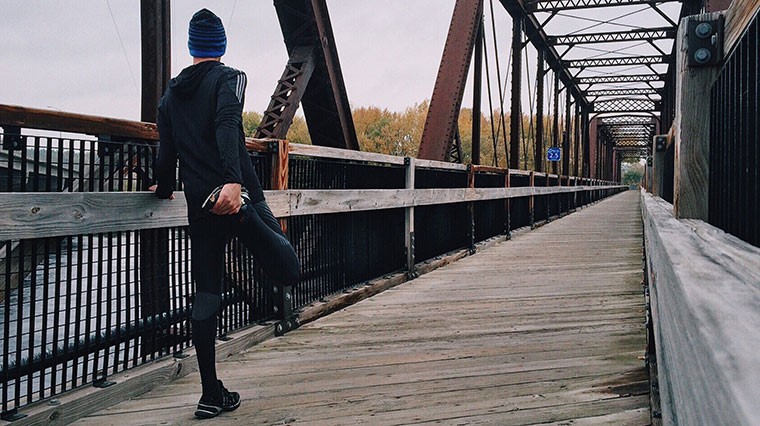
The mid layer’s job is to keep you toasty warm, improving insulation while enhancing the moisture-wicking properties of the baselayer, so any old potato sack just won’t do!
Zippers are your best buddy for winter running, providing on-the-go ventilation. Half zip tops with mesh panels are a safe bet for mid layers and can be zipped down in a pinch when your muscles warm up, or alternatively a sleeveless vest can be worn to leave your arms free while protecting your core from the cold.
The mid layer should be stretchy and looser fitting than the baselayer but fitted, remaining in contact with the baselayer as you move. Alike with the baselayer, steer clear of cotton and opt for merino wool, natural down, microfleece or polyester.
Weatherproof Outer Shell
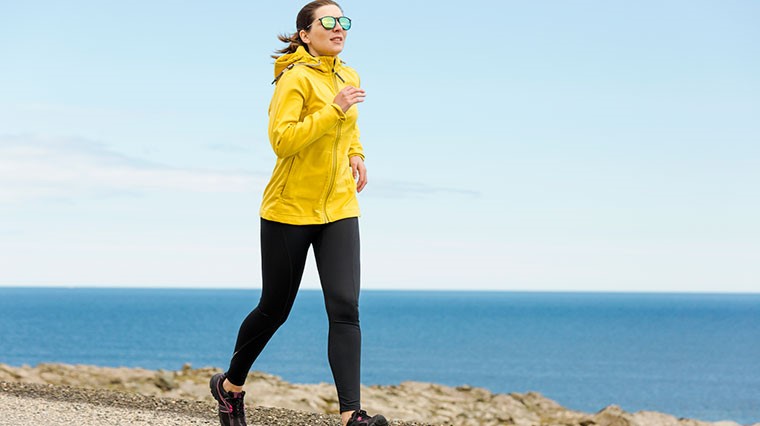
Rather than hibernating in your pillow-fort until the chill bite of wind, rain or snow passes, this outer layer makes tackling the elements bear-able.
A windproof and water-repelling lightweight jacket is ideal, functioning like a protective, breathable membrane and allowing you to move naturally without feeling puffy like a polar bear.
Durable materials like Gore-Tex and reflective elements for increased visibility in dark or overcast conditions give you an edge on your next winter workout, and your outer layer may have pockets for stashing your essentials or energy bars and gels for longer runs.
A packable wind and rain blocking jacket that can be folded into itself is particularly handy for storing away when it’s not needed, and a hood provides extra coverage if a storm hits.
Extremities

Head
Baa! Pop on a merino wool headband under your running cap to limit cold exposure to your ears, or a merino wool or microfleece beanie to keep your noggin’ cosy.
Hands
Many long sleeved running tops or jackets feature thumb holes to keep your hands cosy on the initial stages of your run, but to go the extra mile opt for lightweight, stretchy fleece or wool gloves to trap in the warmth.
Wind-blocking gloves that are also touch-screen friendly have added benefits - you don’t have to pop them off and freeze your hands into icy poles every time you want to switch up your good vibe running tunes.
Feet
It’s too easy to forget your feet all the way down there, but it’s worth investing in insulating merino wool socks or a wool blend to beat the chill and keep your feet running happy with its breathability and odour-resistant properties.
In the cold months you'll have to deal with rain and slush, so it’s good to know wool keeps you warm even when wet, and don’t be afraid to nerd it up in high cut socks that you can hide beneath your long tights for extra warmth.
To Wrap It Up
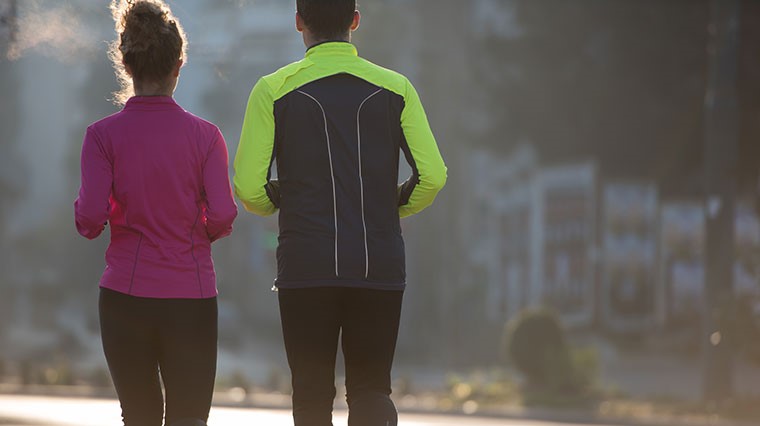
In short,
#1 Skin-hugging baselayer to sweep away sweat
#2 Insulating mid layer to hold in body heat
#3 Weatherproof outer shell for protection against the elements
Hold the phone, let’s not forget layer #0 – your underwear, because winter is not the time to go commando and if your knickers are moisture-wicking, even better.
Happy winter running!
